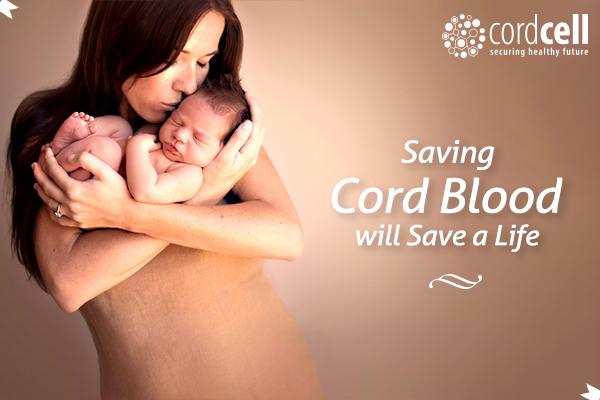Congratulations to all the mum-to-be.
Pregnancy is the most exciting time for the would-be mothers, as a little one is growing inside her womb. There occur the growth and development of the baby. However, do you know how the baby grows or from where it gets its nutrition?
What is Umbilical Cord?
The Umbilical Cord is a conduit connecting the developing embryo or foetus and the placenta. It is the physiological and genetical part of the foetus.
- Length of the umbilical cord is 55-60 inches and 1 inch in diameter approximately.
- Consist of one vein and two arteries Umbilical Cord help to transfer different elements to and from the baby.
- Arteries transports the deoxygenated blood and other waste products from the baby.
Vein carries the oxygen and other nutrients to the baby
The blood found in the Umbilical Cord is known as the Cord Blood which has a unique property, i.e. it is a rich source of stem cells.
Stem cells
Stem cells are the basic and undifferentiated cells of the body. These cells are pluripotent cells, i.e. they can regenerate themselves into any type of cells. By this regenerating property, stem cells can replace any damaged cells and also repair them. This ability helps them in treating critical life-threatening diseases.
Process of banking the stem cells
- Immediately post birth, umbilical cord is clamped and cut.
- The umbilical cord is then cleansed along the needle insertion area.
- Blood is then collected in a collection bag, which is then placed in the kit box.
- Kit box is then transported to the storage laboratory within 72 hours.
- At the storage laboratory, the cord blood is processed and stem cells are isolated from the whole blood.
- These stem cells are then placed in compartmentalized cryo-pouch and are cryo-preserved at -196°C.
Benefits of Cord Blood stem cells
Stem cells extracted from Umbilical Cord Blood are more beneficial than the stem cells collected from other sources.
- The process is painless and risk-free and is completed within 5-8 minutes.
- Cord Blood stem cells are 100% match for the baby for transplantation. Even a partial match of HLA facilitates in allogenic stem cells transplantation.
- Cord blood stem cells are ready to use. Once the stem cells are isolated, it can be used whenever needed.
- Stem cells from cord blood are less likely to have chances of Graft vs. Host Diseases (GvHD) and Cytomegalovirus (CMV) infections.
Applications
Cord Blood stem cells can be used for treating diseases otherwise untreatable by medicines.
More than 80 diseases are approved by Clinical Trials and another 1100+ diseases are already in research phase. Approved diseases include various types of blood cancers, genetic, hereditary, metabolic and autoimmune disorders.
On a concluding note it can be said that cord blood is the important source of stem cells and is mostly used as regenerative medicine in the field of medical industry. Hence save your baby’s cord blood and get a chance to secure your family’s health for the future.
